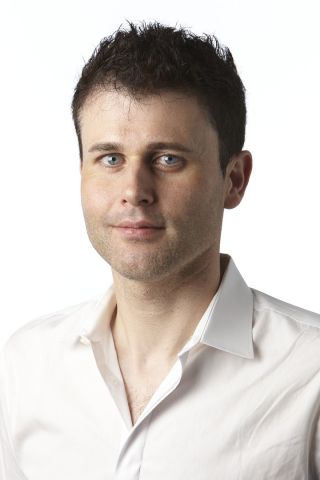ARMI researchers unlock new therapy to improve outcomes for stroke patients
ARMI researchers unlock new therapy to improve outcomes for stroke patients.
A potential regenerative medicine therapy could decrease disability in people after stroke and other brain injuries.
The new therapy is based on a naturally occurring molecule called ephrin-A1 and is most effective when given one week after a stroke, says Associate Professor James Bourne, Group Leader at ARMI, who discovered this with a Postdoctoral Fellow in his group Dr Leon Teo.
“This means ephrin-A1 could help many people who cannot receive the currently available emergency treatment for stroke,” James says.
“The current treatment after stroke (tPa) removes blood clots and must be given within three hours of the stroke. Many people cannot receive tPa because they have conditions such as heart disease or blood clotting problems. Many more do not realise they’ve had a stroke and therefore, do not get to hospital in time.”
“The great thing about our drug is that you can give it up to one week later, and this can help people who did not get to hospital in time.”

He says the treatment might also be useful for strokes caused by burst blood vessels or other types of brain injury such as concussion and traumatic brain injury.
James says stroke is now a leading cause of disability in Australia and there are 33 million stroke survivors globally. The potential of ephrin-A1 to treat so many people helped to attract the interest of the pharmaceutical industry. The discovery is patented and James is in talks with pharmaceutical companies to further develop the compound.
“I suppose the big issue for us is not to get caught in the so-called ‘commercialisation valley of death’ where we’ve got a great idea but we just can’t move to that next stage of getting a treatment into the real world.”
“That’s a real risk in science. We’ve got this potential therapy but we really need to get to the next phase and do proper preclinical trials in animal models and then move through to the clinic for clinical trials in people.”
James says researchers have known for some time that younger brains recover better and have less functional loss after injury.
“We were trying to see what we could learn from younger brain models so we could develop a therapeutic strategy for the adult brain.”
His team compared proteins expressed in various brains. They found ephrin-A1 was produced in greater quantities in animal models of infant brain.
Ephrin-A1 is a protein that is present in high levels in infant brains, where it decreases scarring and functional loss after injury.
The protein decreases scarring by inhibiting the activity of brain cells called astrocytes so infant brains do not form as much scar tissue.
The Bourne team’s preliminary studies in adult nonhuman primates showed the potential of ephrin-A1 as a regenerative medicine therapy. When administered to an adult brain after injury, ephrin-A1 inhibited the formation of thick and matted scars so neurons in the injured area were better able to survive and function.
